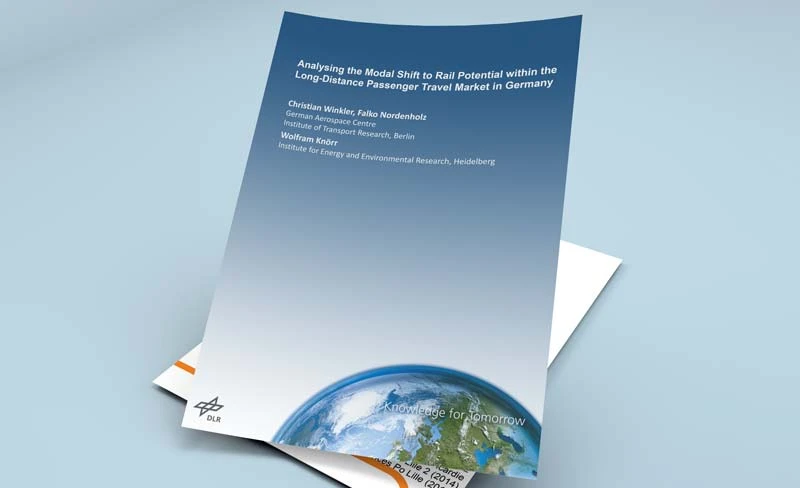-
Past ETC Papers

Browse, search and view papers from the past AET Conferences.
-
Members' Area

AET promotes networking and exchange of ideas, information and opportunities amongst members.
ETC Conference Papers
Conference Past Papers Repository
Examining the effects of tire age and ABS on braking efficiency and friction coefficient
Seminar
Day 3 (8 Sep 2023), Session 8, Human Wellbeing, 09:30 - 11:00
Status
Accepted, documents submitted
Submitted by / Abstract owner
Vivien Lorenčič
Authors
Vivien Lorenčič
Short abstract
The vehicle stopping distance is crucial in an emergency situation, especially when in front of the car is an obstacle. Maximum effort braking performance is influenced mainly by the road-to-tire interaction and using the ABS system.
Abstract
Braking is one of the many tasks involved in driving a vehicle. Fortunately, we usually brake extremely lightly and below the performance limit. Most drivers may never need to use their vehicle's maximum braking performance in regular traffic. But in an emergency situation, the vehicle's stopping distance is critical, especially if there is an obstacle in front of the car. Drivers have to adapt to different road conditions, which can change from dry asphalt to wet and snowy roads, muddy roads, etc. in a short period of time. In addition, the driver's ability to maintain control of the vehicle depends on the contact between the tire and the road. To enable a vehicle to stop as quickly as possible, driver assistance systems have been developed and are now standard on every vehicle. The maximum braking effort is mainly influenced by the road-tire interaction and is influenced by the type of tire. For this reason, this article examines the coefficient of friction and braking distance on dry asphalt surfaces. To enable a vehicle to stop as quickly as possible, driver assistance systems have been developed and are now standard on every vehicle. Driver assistance systems were developed to help vehicles stop as quickly as possible and are now part of every car. The interaction between the road and the tire, as well as the type of tire, both have an effect on the maximum braking effort. Therefore, in this article we will examine the coefficient of friction and stopping distance on a dry asphalt surface.
ABS, sometimes referred to as an anti-lock braking system, is a vehicle safety feature that prevents the wheels from locking during maximum braking. By reducing stopping distances, ABS significantly improves road safety. The vehicle cannot be steered in the intended direction while the wheels are locked. This means that no matter how the driver moves the steering wheel, the car will continue in the intended direction. Skidding occurs as a result of the wheels locking, which reduces the coefficient of friction and increases the stopping distance. The purpose of ABS is to manage the rotation of the wheels, which prevents skidding and allows steering in the correct direction. We studied how an anti-lock braking system affects the coefficient of friction and stopping distance. The results of using ABS are compared with those of using conventional brakes. Dry asphalt has a very high coefficient of friction. Conventional braking is quite effective in this case. However, when the road surface is wet, the coefficient of friction decreases significantly. In addition, the slip ratio varies depending on the condition of the road surface. The comparison between the maximum effort-stopping distance on dry asphalt with and without ABS was tested with initial speeds 20 km/h, 30km/h, 40km/h and 50km/h. The vehicle equipped with ABS system on dry asphalt with an initial speed 50 km/h stops on average 12 meters of distance. On the other hand, the same car and initial speed but without ABS stops within 14 metres of distance on a dray asphalt road. This shows that the stopping distance increases by 14.3% without ABS, demonstrating that the ABS system contributes to shorter stopping distances.
A study was conducted to evaluate the variation of the coefficient of friction as the tire ages. The direction of this trend - whether it was decreasing, increasing or stable - was examined. The results consistently show a pronounced trend where the coefficient of friction decreases as the tire ages. This decrease in the coefficient of friction, in turn, results in increased stopping distances. Empirical confirmation of this inverse relationship between tire age and coefficient of friction underscores the importance of timely tire replacement. Given the impact on road safety and braking performance, it is recommended that tires be replaced before they reach the six-year mark. By following this guideline, the potential hazards associated with reduced friction and compromised braking effectiveness can be effectively mitigated, contributing to improved road safety and overall vehicle performance.
Programme committee
Young Researchers' and Practitioners' Forum
Topic
Cities and transport – integrated planning, liveable cities, active transport
Documents:
Association For
European Transport
Forester House
Doctors Lane
Henley-in-Arden
Warwickshire, UK
B95 5AW
+44 (0) 15 64 793552
VAT number: 710 1866 64
Conference Supporters & Endorsers




Legal Entity
The Association for European Transport is registered as an Association ('vereniging') with the Chamber of Commerce for Haaglanden in The Netherlands under company number 27170096.
Built on Zenario




